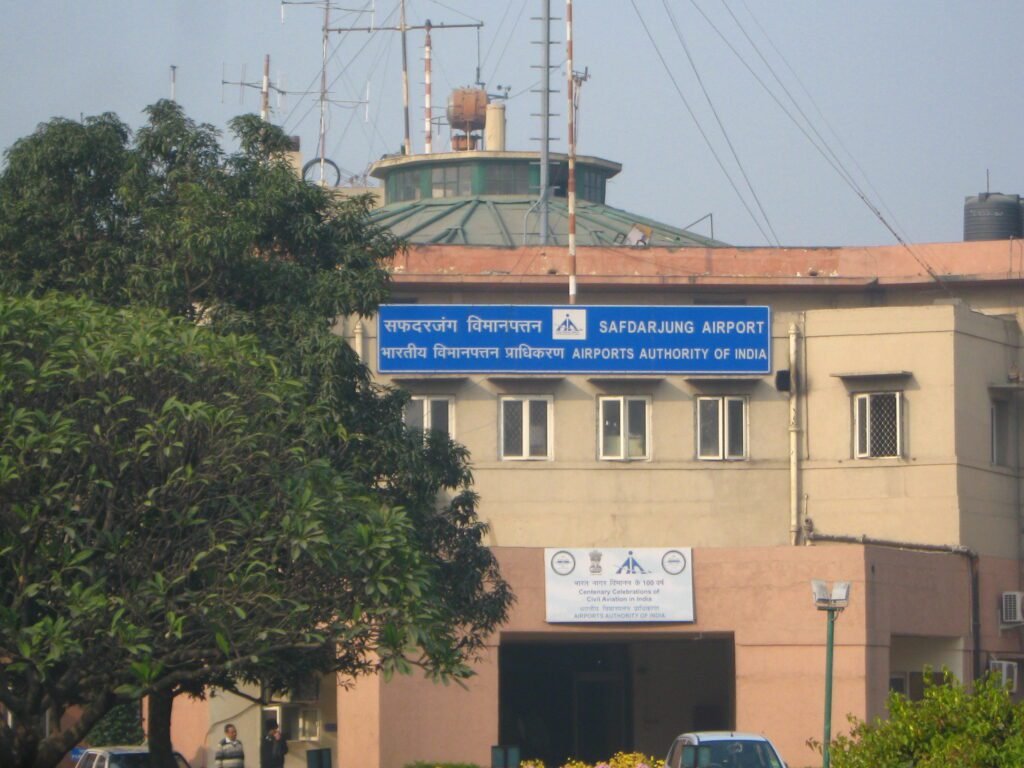Discover how AAI is driving India’s aviation growth with record-breaking investments, sustainable initiatives, and major airport expansions. Stay updated on the latest developments around the Airports Authority of India.
Airports Authority of India: Navigating Growth, Sustainability, and Legal Challenges
The Airports Authority of India (AAI) stands at the forefront of India’s aviation sector, steering through a period marked by ambitious expansion, a commitment to sustainability, and complex legal landscapes. As the nation’s aviation industry experiences unprecedented growth, Airports Authority of India ‘s strategic initiatives and responses to emerging challenges are pivotal in shaping the future of air travel in India.
Record-Breaking Capital Expenditure and Expansion Plans
In the fiscal year 2022-23, Airports Authority of India achieved its highest-ever capital expenditure (capex) of ₹5,175 crore. This substantial investment underscores the organization’s dedication to enhancing airport infrastructure, upgrading technology, and improving operational efficiency. The capex has been strategically allocated to expand and modernize airport facilities, aiming to provide a safer, more convenient, and seamless travel experience for passengers.
Building on this momentum, Airports Authority of India has outlined plans for a capex exceeding ₹5,000 crore for the current fiscal year. This investment focuses on the development of greenfield airports, notably in Hirasar, Rajkot, and Dholera, Gujarat. The Rajkot project is anticipated to reach completion by December 2023, while Dholera is slated for 2025. Additionally, Airports Authority of India is undertaking the revamp of several existing airports, including those in Kanpur, Tezu, Port Blair, Ayodhya, Surat, Jabalpur, Gwalior, Kolhapur, Dehradun, Pune, Gorakhpur, Darbhanga, Saharanpur, Fursatganj, Trichy, Tuticorin, Rewa, Leh, Goa, Vijayawada, Imphal, Patna, and Chennai. Most of these projects are expected to conclude by FY24, with others extending into FY25.
Union Minister for Civil Aviation and Steel, Jyotiraditya Scindia, has articulated a vision for Airports Authority of India‘s expansion from 157 airports, heliports, and aerodromes to 200 over the next five years. This ambitious growth trajectory is supported by a planned capex of ₹30,000 crore, surpassing the ₹25,000 crore allocated for the period 2019-20 to 2024-25. This initiative is part of a broader National Infrastructure Pipeline, which earmarks ₹91,000 crore for airport development, including public-private partnership (PPP) projects.

Commitment to Renewable Energy and Sustainability
Aligning with global sustainability trends, Airports Authority of India has set a target to operate over 100 airports using renewable energy by December 2024. This initiative reflects AAI’s commitment to environmental responsibility and aims to integrate all existing airport structures and new developments into GRIHA-5 standards. As of now, 67 of Airports Authority of India‘s airports are powered by green energy, with plans to enhance energy efficiency across the network further.
Enhancing Air Traffic Management
In response to the burgeoning air traffic, AAI is implementing measures to optimize airspace utilization without compromising safety. One such initiative involves reducing the lateral separation between aircraft from 10 nautical miles to 5. This adjustment aims to accommodate more flights within the same airspace, effectively managing the increased air traffic resulting from the expansion of aviation infrastructure across the country. Nagpur airspace is being treated as a test case for this initiative, with AAI aiming to achieve this objective within a year, pending approvals from the Directorate General of Civil Aviation (DGCA).
Legal Challenges and Operational Implications
Amidst these advancements, AAI faces legal challenges that could impact its operations. Delhi International Airport Limited (DIAL), the operator of the Indian capital’s international airport and majority-owned by GMR Airports, has initiated legal action against the government for permitting commercial flights from a nearby defense airbase in Ghaziabad. DIAL contends that this decision renders the Delhi airport “economically and financially unviable” and alleges a breach of aviation rules that prohibit the establishment of a new airport within 150 km of an existing one without demonstrated passenger demand. The outcome of this lawsuit could have significant implications for AAI’s operational strategies and competitive landscape.
Conclusion
The Airports Authority of India is navigating a transformative era characterized by ambitious expansion plans, a steadfast commitment to sustainability, proactive measures to enhance air traffic management, and complex legal challenges. As AAI endeavors to modernize and expand India’s aviation infrastructure, its strategic initiatives and responses to emerging challenges will play a crucial role in shaping the future of air travel in the country. The organization’s focus on infrastructure development, environmental responsibility, and operational efficiency positions it as a pivotal player in India’s journey toward becoming a global aviation hub.
I am a passionate digital marketer, content writer, and blogger. With years of experience in crafting compelling content and driving digital strategies. I’m always exploring new trends, optimizing strategies, and creating content that resonates with audiences. When I’m not working, you’ll find me diving into the latest digital marketing insights or experimenting with new blogging ideas.